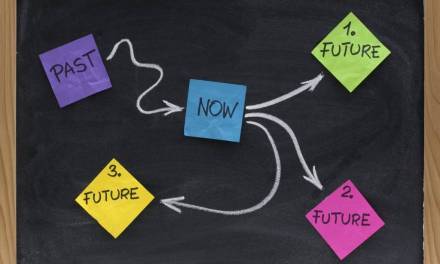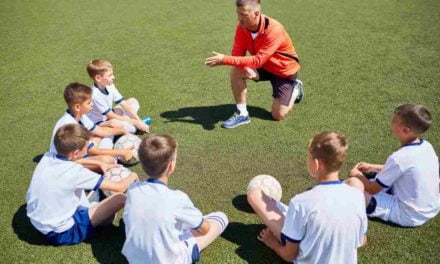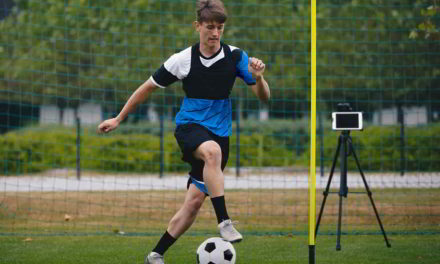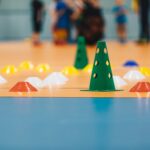A quarter of 2- to 10-year-olds and one third of 11- to 15-year-olds are overweight or obese, and these stats are only becoming ever more concerning.
Add to this the growing blight of poor childhood mental health, and the undeniable link between exercise and lowered rates of depression, it’s clear that the role of PE in schools has never been more important.
With so much pressure placed on it, and socio-economic changes such as tighter funding, growing class sizes and curriculum changes continuing to have an impact, the future of PE in schools is set for a revolution.
Here’s what could be around the corner, when it comes to physical education…
The future of PE is…bright
Pupils feel positive about PE, and PE it seems in turn makes them feel positive about themselves.
In an age when one quarter of a million UK children are receiving help for mental health issues, these figures should be celebrated, and should be seen as a reason to increase PE hours, rather than reduce them.
The future of PE…will see technology embraced
Our kids are addicted to tech. And the battle between outdoor activities and computer games and social media is one that should no longer be fought. Instead, we should implement technology as a means to an end and use it appropriately.
If a recent report into the future of PE is anything to go by, schools would be wise to recognise that our youth are physically and socially disengaged, and that future generations will be too if they continue to be distracted by technology.
Technology, such as heart rate monitors, are great motivators because of the instant feedback that students receive. For example, students can view their heart rates and know if they’re exercising at a level to improve their overall health and fitness.
Rather than seeing technology as a threat to our children’s health, PE departments should actively embrace the role it can play – especially for the vital lifestyle changes beyond the classroom.
Think diet, exercising at home and customisation of PE classes on a one-to-one level.
The use of technology also individualizes physical education, allowing each student to be challenged appropriately. For example, if the purpose of the lesson is to exercise within an individuals target heart zone for 20 minutes, a student with a high level of fitness might need to run in order to achieve that, while a student with a low level of fitness could exercise at the same intensity by walking.
The future of PE is…in many respects, uncertain
£1,000. That’s the PE and sport premium for primary schools with 16 or fewer pupils, per pupil.
£16,000. That’s the flat rate for the majority of primary schools – those that have 17 or more pupils – which also receive a payment of £10 per pupil.
It’s not a great deal when you consider how much physical activity children should do each week. And it makes it difficult to encourage them to have an active lifestyle from an early age.
This goes far beyond merely causing PE teachers a headache, limited funding can lead to a fall of as much as 60% in the amount of time spent organising school sport.
So in many ways, the most certain thing about the future of PE, is that it’s future is anything but certain.
The future of PE is…our children’s future
A failure to engage and participate in PE or sport could be the beginning of a lifetime of health problems. We’re not asking for students to be amazing athletes who dedicate all their time and energy to our subject, but PE and physical literacy are life skills. The ability to keep yourself fit and healthy is a LIFE SKILL.
PE teachers are the gatekeepers to overall health and wellness – when they recognise their multifaceted role of teaching a healthy lifestyle, and are given the tools to overcome the challenges posed by financial restrictions, they can make lifelong differences to the children in their PE classes.









